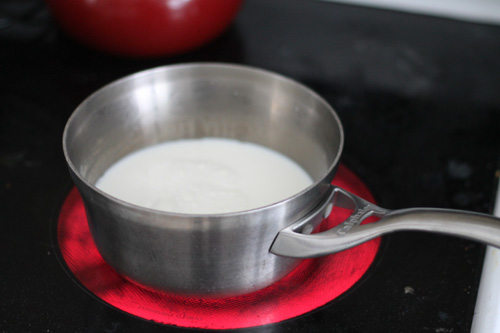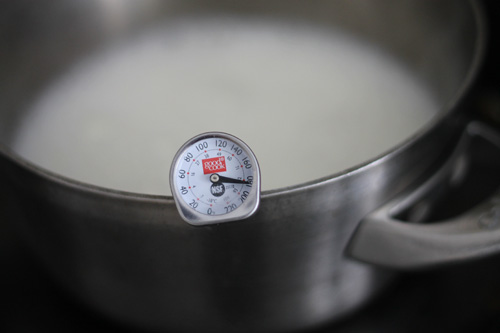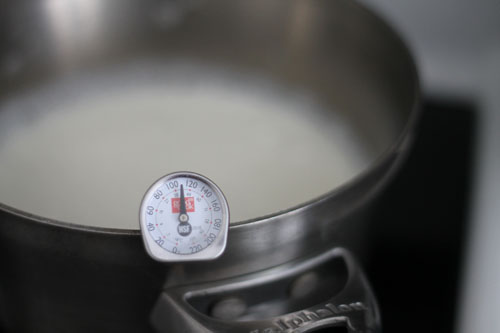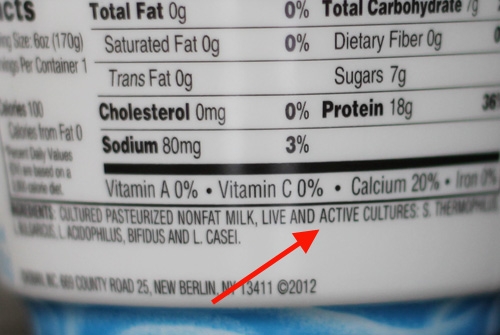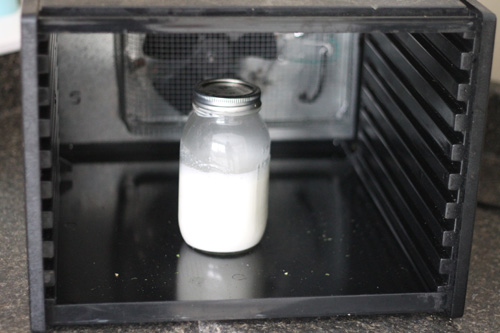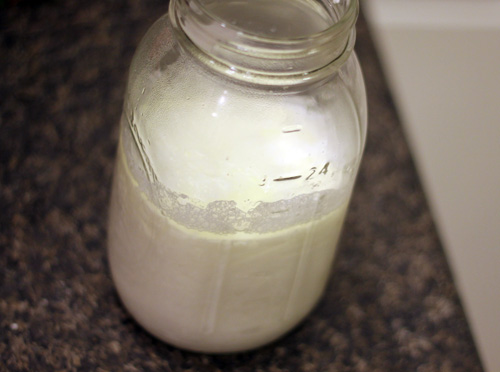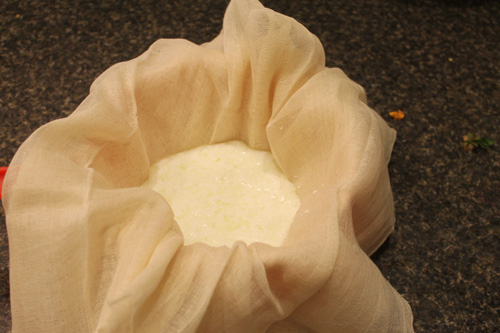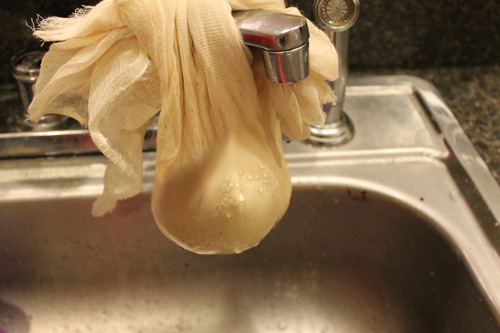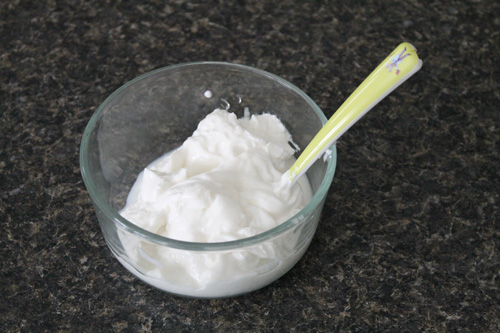In a disaster situation, everyone knows they need 1 gallon of water per person/a day. Due to the bulkiness and weight issues of storing water, it is not always feasible to store water for a long term disaster. Many survival experts suggest every family have a water filter in order to treat water for a long term disaster. Due to the importance of having water on hand, it is a prep item that should be viewed as a necessary investment. Therefore, find the very best water filter than you can afford. Some suggested water filters are the Berkey Water Filter, and the Katadyn Water Filters.
Ways to Collect Water
Use water barrels to collect rain water. This is a very effective method of collecting large amounts of water. Rain collection barrels come in a variety of sizes. Treating the water can preserve it for up to five years. The water barrels can be placed strategically around the home to collect water cascading from the rooftops. This method provides water in a nearby location for the family to use at their disposal.
Collecting water from ponds, creeks and streams is another method to harvesting water. Due to the weight that large amount of water have, transporting water by hand could pose a problem. Therefore, a person can use 5 gallon water cans or a collapsible water container, or whatever they have around the home and use a transport method such as an old wagon, or a garden cart, or a wheel barrow.
Treating Water
Boiling is the easiest and safest method of treating water. Boil the water to a rolling boil for 1 full minute, keeping in mind that some water will evaporate. Let the water cool before drinking. Boiled water will taste better if you put oxygen back into it by pouring the water back and forth between two clean containers. This also will improve the taste of stored water.
Distillation involves boiling water and then collecting only the vapor that condenses. The condensed vapor will not include salt or most other impurities. To distill, fill a pot halfway with water. Tie a cup to the handle on the pot’s lid so that the cup will hang right-side-up when the lid is upside-down (make sure the cup is not dangling into the water) and boil the water for 20 minutes. The water that drips from the lid into the cup is distilled.
Chemical Treatment of water. If boiling water is not a possibility, then chemical disinfection is advised for water purity.
Using Bleach
- Filter the water using a piece of cloth or coffee filter to remove solid particles.
- Bring it to a rolling boil for about one full minute.
- Let it cool at least 30 minutes. Water must be cool or the chlorine treatment described below will be useless.
- Add 16 drops of liquid chlorine bleach per gallon of water, or 8 drops per 2-liter bottle of water. Stir to mix. Sodium hypochlorite of the concentration of 5.25% to 6% should be the only active ingredient in the bleach. There should not be any added soap or fragrances. A major bleach manufacturer has also added Sodium Hydroxide as an active ingredient, which they state does not pose a health risk for water treatment. Make sure the bleach is fragrance free before it is used.
- Let stand 30 minutes.
- If it smells of chlorine. You can use it. If it does not smell of chlorine, add 16 more drops of chlorine bleach per gallon of water (or 8 drops per 2-liter bottle of water), let stand 30 minutes, and smell it again. If it smells of chlorine, you can use it. If it does not smell of chlorine, discard it and find another source of water
Purification Tablets
Purification tablets such as chlorine tablets, iodine tablets, micro-pur are different tablets to use when treating water. These tablets can assist in removing viruses, bacteria, cryptosporidium, and Giardia in the water. Follow the instructions recommended by the manufacturer. If a person is using iodine tablets, the iodine must be stored in a dark container. Sunlight can affect the iodine’s potency. Additionally, iodine has been shown to be more effective than chlorine treatment tablets. Please note that chlorine tablets can be used in lieu of iodine talbets for persons with iodine allergeies. Persons with thyroid problems or on lithum, women over fifty, and pregnant women should consult their physician prior to using iodine for purification.
Here’s a tip for getting rid of the “chlorine taste” in the water: add a vitamin c tablets to the water after the purification treatment has finished. This is a good tip to keep in mind when children are drinking the water. They tend to put their noses up at water that has funny smells or tastes.
Safely Storing Water
Water should be stored in a cool, dark place in the home, the vehicle, as well as the workplace. Use water within the expiration date stamped on the container. Water can be stored in food grade containers, as well as soft drink bottles. However, they must be washed thoroughly, sanitized, and rinsed. If possible, only store water that has already been treated, and ready for consumption. Tap water would more than likely need to be treated if it were to be stored.
Having water in the home is essential to keeping the body hydrated to maintain proper body regulations. There may be times when an emergency last longer than three days, so plan accordingly, and have the necessary items needed to purify water for a long term disaster.
Via: readynutrition
 Follow
Follow